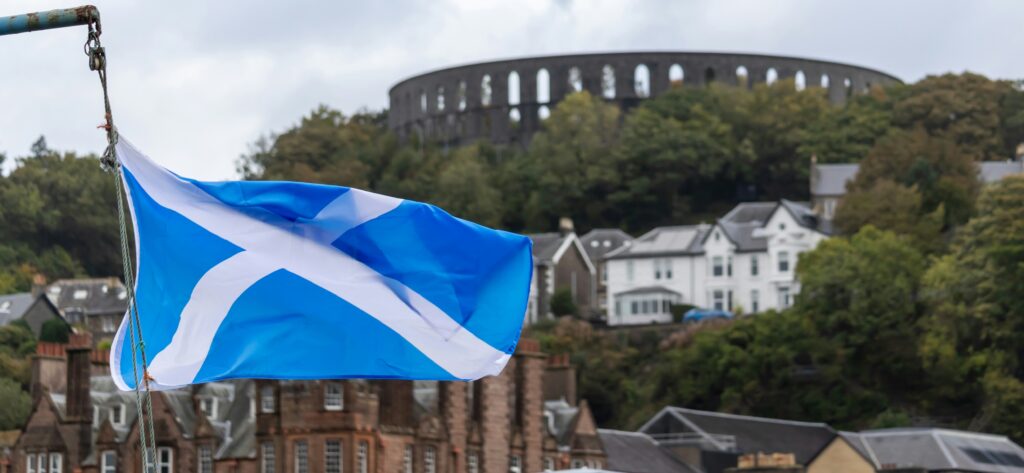We often assume that flying is the worst way to travel for the planet. But a closer look at the data reveals some surprising truths about the carbon emissions per passenger per kilometer (CO₂/passenger/km) of different modes of transportation.
We recently put a poll on our LinkedIn using data from the BBC.
We asked our followers which of the following travel methods do you think is the most carbon intensive (CO2/passenger/km).
Short haul flight
Petrol car with 1 passenger
A bus
Domestic flight

According to the BBC, a petrol car with a single passenger can produce more CO2 per kilometre per passenger than certain flights, when considering direct climate impacts only. This finding is striking when you consider that there were over 18 million petrol cars operating in the UK last year.
It is important to note that the above data solely considers tailpipe emissions, which are emissions released directly from the vehicle, with the exceptions highlighted in the figure. The indirect emissions of getting the fuel to the vehicle (Well to Tank) are disregarded. Additionally, the impact of other greenhouse gases other than carbon dioxide is excluded in this data.
Why domestic flights are so carbon intensive
Short flights, like a hop from London to Glasgow, are disproportionately polluting because:
- Taxiing and take-off burn large amounts of fuel.
- These high-emission phases make up a larger share of total emissions for shorter journeys.
- Smaller planes used for these routes also increase emissions per passenger.
As a result, domestic flights often have higher emissions per kilometer per passenger than long-haul flights.
The Lone Driver Problem
Driving alone in a petrol car is incredibly inefficient, enough so that the emissions released per km per passenger exceed that of a flight.
- 90% of UK commuting and business trips were solo journeys in 2024, this is a major area for potential change.
- EV fleets are growing in the UK and over their lifetime, fully electric cars cut emissions by around two-thirds in Europe and the US, compared with petrol equivalents.
Reducing your travel emissions isn’t about never leaving your house, but it is about choices, some of which can be substituted and implemented into your everyday life.
- ✈️ Fly less where possible, especially for short domestic trips.
- 🚗 Switch to an electric vehicle powered by a renewable energy tariff.
- 🚴 Rethink your car use and ask yourself if driving is necessary for every journey.
- 🤝 Carpool or ride-share whenever you can.
- 🚌 Choose public transport like buses or trains, which significantly lower emissions per passenger.
The numbers don’t lie: public transport is almost always a greener choice. By rethinking our travel habits, whether that be swapping a short flight for a train, carpooling, or investing in an electric car, we can make a big difference in reducing our collective carbon footprint.
If you want to measure your personal carbon footprint and find out everyday ways to reduce it you can use our personal carbon footprint calculator: https://demo.netzero.co.uk/welcome
Image by Philip Myrtorp




